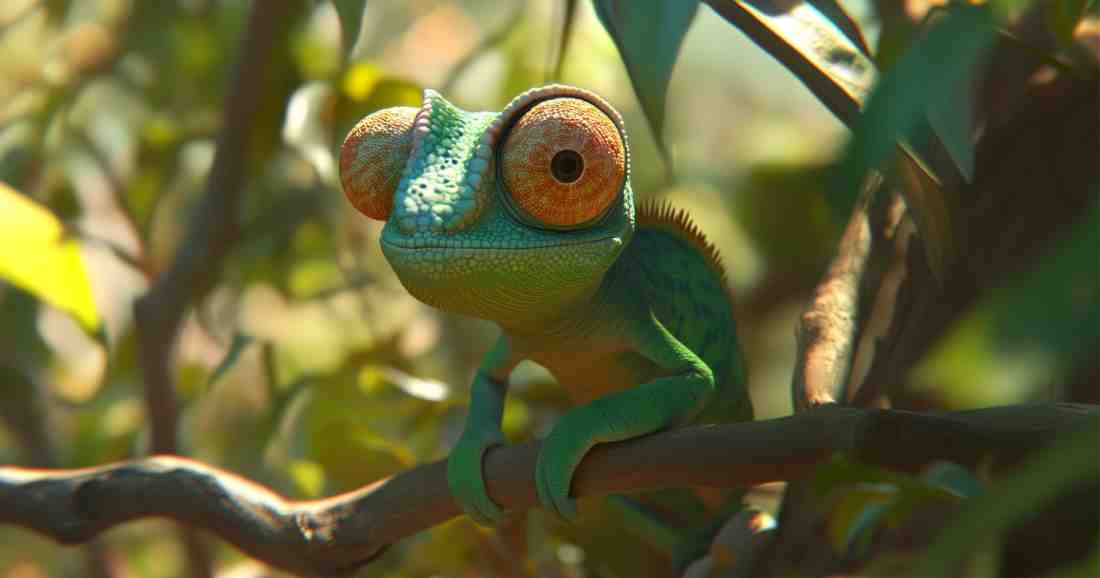
Chameleon Quiz – How Much Do You Know About These Color-Changing Lizards? No other reptile is quite as mysterious as the chameleon. Famous for their shifting hues and mesmerizing movements, these lizards possess some of the most unique adaptations in the animal kingdom. With eyes that move independently and tongues that strike like lightning, they have evolved into expert hunters. But how well do you really know these remarkable creatures? Take the Chameleon Quiz and test your knowledge!
Unlike many other reptiles, chameleons rely on patience and stealth to survive. Their slow, deliberate movements help them avoid detection, while specialized feet provide a firm grip on branches. Found primarily in Africa and Madagascar, these lizards have adapted to a range of environments, from dense rainforests to dry savannas.
Masters of Camouflage and Precision
Vision plays a critical role in their daily lives. Each eye rotates separately, scanning different areas at the same time. Once prey is spotted, the eyes lock forward, allowing the chameleon to calculate the perfect strike. With a tongue that extends twice its body length in a split second, catching food is almost effortless.
Unbelievable Chameleon Facts That Might Surprise You
🦎 Mood, Not Background, Determines Color Changes – Many believe chameleons shift colors to blend into their surroundings, but the transformation actually reflects mood, temperature, and communication.
🦎 Built-In Ultraviolet Vision Enhances Their World – Unlike humans, these reptiles see ultraviolet light, which helps them spot food, predators, and even potential mates.
🦎 Some Species Are Shockingly Tiny – The Brookesia nana, a recently discovered species from Madagascar, is small enough to perch on the tip of a finger.
🦎 Their Tongues Move Faster Than the Blink of an Eye – In under a second, the tongue lashes out, seizing prey with incredible force and precision.
🦎 Raindrops Become a Water Source – Dew collecting on their skin rolls toward the mouth, providing hydration in dry environments.
Chameleons in Mythology, Culture, and Conservation
Throughout history, these creatures have symbolized transformation and adaptability. African folklore often depicts them as mystical messengers, while some cultures believe their ever-changing colors reflect hidden knowledge. In modern science, their biology inspires advancements in materials research and vision technology.
Despite their incredible survival skills, many species face habitat destruction and poaching threats. Madagascar, home to nearly half of all chameleon species, is experiencing rapid deforestation. Conservation programs now focus on protecting these remarkable reptiles before their populations decline further.
Are You Ready to Take the Ultimate Chameleon Quiz?
Whether you’re a reptile enthusiast, an animal lover, or simply intrigued by these color-shifting lizards, this Chameleon Quiz will challenge what you think you know. From their mind-blowing vision to their unique hunting techniques, every question uncovers something new.
Think you can blend in with the experts? Take the Chameleon Quiz now and prove your knowledge! 🦎🌿
